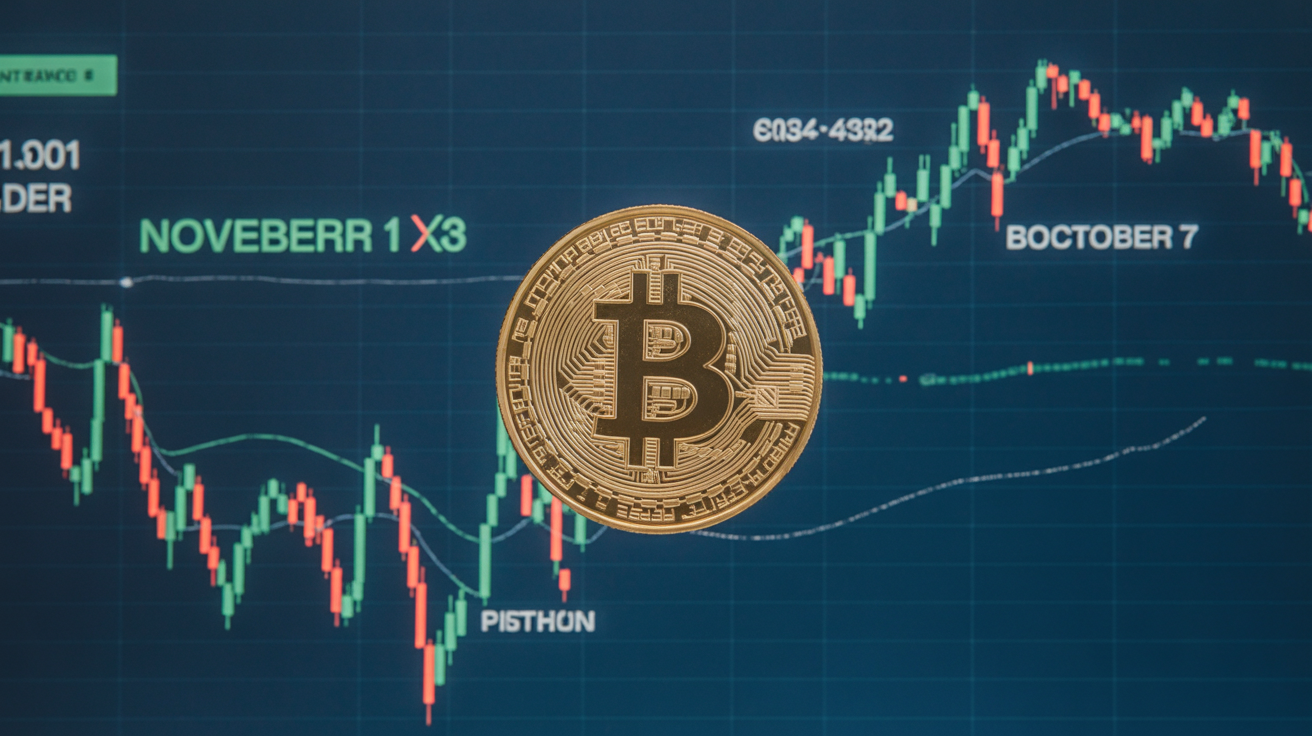Bitcoin traders are banking on the Federal Reserve’s expected rate cut on Sept. 17 to boost risk assets, but rising long-term Treasury yields could offset potential gains. The Fed is widely anticipated to lower rates by 25 basis points to 4.00%-4.25%, with additional easing expected over the next year, pushing rates toward 3%.
Debt Supply Pressures Long-Term Yields
The U.S. government plans increased Treasury issuance to fund recent tax cuts and higher defense spending, potentially adding $2.4 trillion to deficits over the next decade. Analysts warn that this could keep long-term yields elevated despite short-term easing.
“The Treasury’s planned issuance will pressure long-term yields,” said T. Rowe Price analysts, while Schwab’s Kathy Jones noted that investors demand higher yields to compensate for inflation and potential dollar depreciation.
Inflation Complicates the Outlook
August CPI data showed year-over-year inflation at 2.9%, up from 2.7% in July, signaling that inflationary pressures remain persistent. Higher inflation may limit the extent to which rate cuts can push Treasury yields lower.
Markets Have Priced in Easing
The 10-year Treasury yield recently dropped to 4%, down more than 60 basis points from May highs. ING’s Padhraic Garvey warned that this may overshoot the market’s expectations, as upcoming inflation prints could force yields higher.
Lessons from 2024
A similar dynamic occurred in 2024: the 10-year yield fell sharply ahead of the September rate cut, only to rebound to 4.57% by year-end. Analysts suggest a repeat scenario is possible this year, given persistent inflation and fiscal pressures.
Implications for Bitcoin
Bitcoin surged from $70,000 to over $100,000 in late 2024 despite rising long-term yields, buoyed by pro-crypto regulatory policies and corporate adoption. Today, with those catalysts weaker, rising long-term yields could dampen BTC’s upside, even as short-term optimism builds around the expected Fed move.
Investors should watch the interplay between monetary policy, fiscal spending, and bond market dynamics, as these factors may dictate bitcoin’s near-term trajectory.





